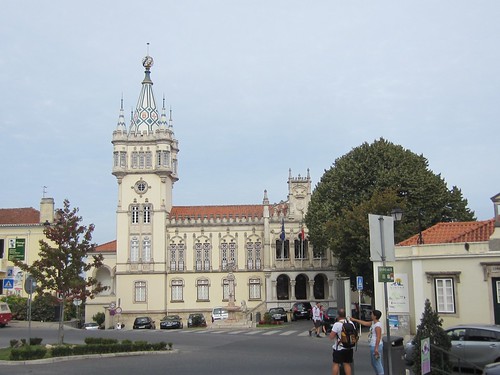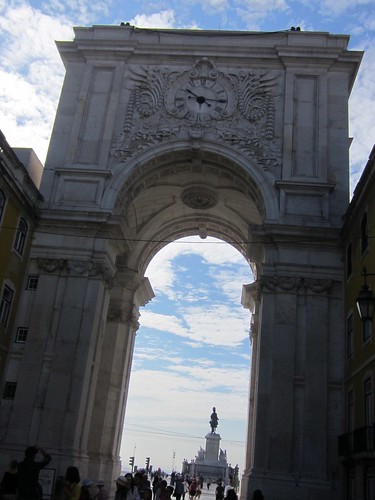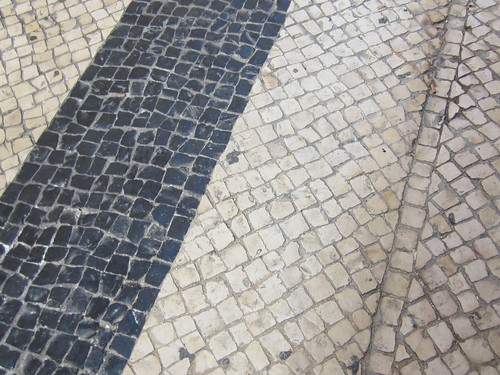This post is going to be filled is SPOILERS for the movie KRAMPUS.
[Added later: Hey new visitors, after reading this, why not click the book cover in the sidebar? It’ll take you to the page showing all my books, and you can read click on one to read a free sample. That’s what this site is for, after all.]
I know. Literally zero of you care about this movie, but I took my son (for nefarious reasons[1]) expecting it to be a poor man’s GREMLINS, and I was mostly right. It wasn’t gory, but it wasn’t as funny or subversive as it imagined it was.
And the ending ruined the movie.
The beginning is pretty great: “It’s Beginning to Look a lot Like Christmas” begins to play over a slow-motion door-buster shopper rampage through a department store. People get trampled, they fight over toys, employees with huge grins on their faces taze people. It’s stylish and fun.
Then the movie focuses in on a family and their awful Christmas. Briefly, upscale yuppie family awaits the arrival of their downscale redneck relations, and no one is even bothering to hide their contempt for each other.
Which means that the movie’s hero, young Max (who is too old to still believe in Santa, but believes anyway for the sake of the holiday) gets fed up and tears up his letter to the jolly old elf.
This summons Santa’s shadow, the demon Krampus, who “comes not to give, but to take.” Krampus himself doesn’t do much except carry around a bag full of evil toys and gingerbread cookies. He also has scary-looking elves. In all, people are killed, kidnapped, or devoured.
Of course the family bands together in the face of all this trouble and learn to care about each other. The movie forgets that Max is the protagonist, letting his parents do all the protagging, and, you know, it’s fine. It forgets to be a satire, but it does have a demon teddy bear so whatever.
But what really kills the film (in an interesting way) is the ending. I mentioned SPOILERS, didn’t I? Here’s the thing: the final shot shows the family in Krampus Hell. Basically, they’re celebrating Christmas around the tree, but they’re all trapped inside a snow globe, which is placed on a shelf with a whole bunch of others, suggesting that these people will be stuck together forever.
Which is a fine ending for a PG-13 monster movie, but they way they got there simply didn’t work.
First, you have the scene the backstory sets up: the whole family has been taken but Max remains behind as a cautionary tale.
But Max won’t have it. He takes the Krampus bell (which sort of works, given the context) and demands his family back. He throws the bell, it lands in the snow, the ground cracks open, and a fiery pit is revealed.
I’m thinking Krampus and all his elves and toys gets sucked into Hell? But nope. The pit to Hell is part of Krampus’s MO, and they pitch a cousin into it.
Which leads Max to weep for his family and ask for them back. Krampus reaches out with one of those fakey prosthetic monster fingers and wipes away the tear, leading me to think Will the monster undo everything for the sake of a real tear? Nope. He just laughs and dangles Max over the pit.
Then Max says he’s sorry. He apologizes for losing his faith in the holiday (which is bullshit, considering the shit he’s put up with) and I’m wondering if this could be…
Nope. Krampus drops him, and he does the slow-mo scream & fall into the pit…
And wakes up in his bed. It’s Christmas morning, and everyone is downstairs, and nothing is broken or ruined, and everyone is happy to be together. LOOK GUYS IT WAS ALL A DREAM.
At this point, my son leaned over and said: “He’s going to find a Krampus bell and realize it all happened” which is close enough to the truth to win the kewpie doll because when he unwraps a gift and finds it, everyone remembers, and the camera pulls back to show them trapped in the snow globe, and Krampus walking away.
But I was already soured on the whole thing. Teasing those other, softer endings (the tear, the apology, the dream) gave me the sinking feeling that I was going to see a shitty ending. Snatching away a shitty ending in favor of a different one/a pretty good ending isn’t fun or satisfying. At best, it’s a relief.
You don’t want me thinking “Thank god they did x instead of y.”
Anyway, Krampus: an okay movie with a really underwhelming ending.
[1] Nefarious reasons explained: Giftmas is upon us and my kid wants nothing. There’s almost nothing to buy for him, and it’s a little frustrating. So, knowing that he needs clothes and that he has a particular taste, my wife and I figured he would do well at Old Navy.
She picked something that he could get her for the holiday (inexpensive PJs) and, while we were there, he asked if he could get some stuff, too.
End result, $150 of desperately needed clothes added to his Giftmas pile, and he thinks it was his idea.
Like what you just read? Please share!


